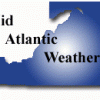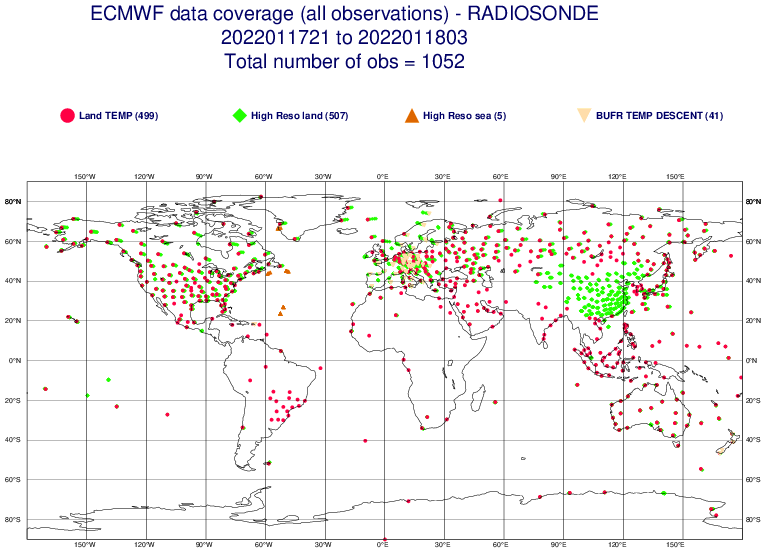-
Posts
1,001 -
Joined
-
Last visited
-
Hey - sorry to bug you, but you are the authority! Is it true (and I no longer think it is) that the 6z and 18z runs are less reliable that the 0Z and 12z for the GFS. I feel you squashed that concern a long while ago. I am asking because I still hear it! Like the old "Convective feedback" arguments!

Thanks!
-

Sorry, I haven't logged on in a while. The 6z/18z runs are statistically indistinguishable than 0z/12z runs. That's not to say there aren't some differences in behavior for various cycles, especially regionally and for individual events, but the reasons for that are actually quite complicated (and not just a matter of with/without sondes). There is meaningful justification to state that 6z/18z is less reliable and 12z/00z.
The main justification I can give is if that the 6z analysis didn't assimilate any data at all, a 120 hour forecast from that time would be identical to a 126 hour forecast at 0z. I could go on and on about this, but I'll leave it there for now.
-














